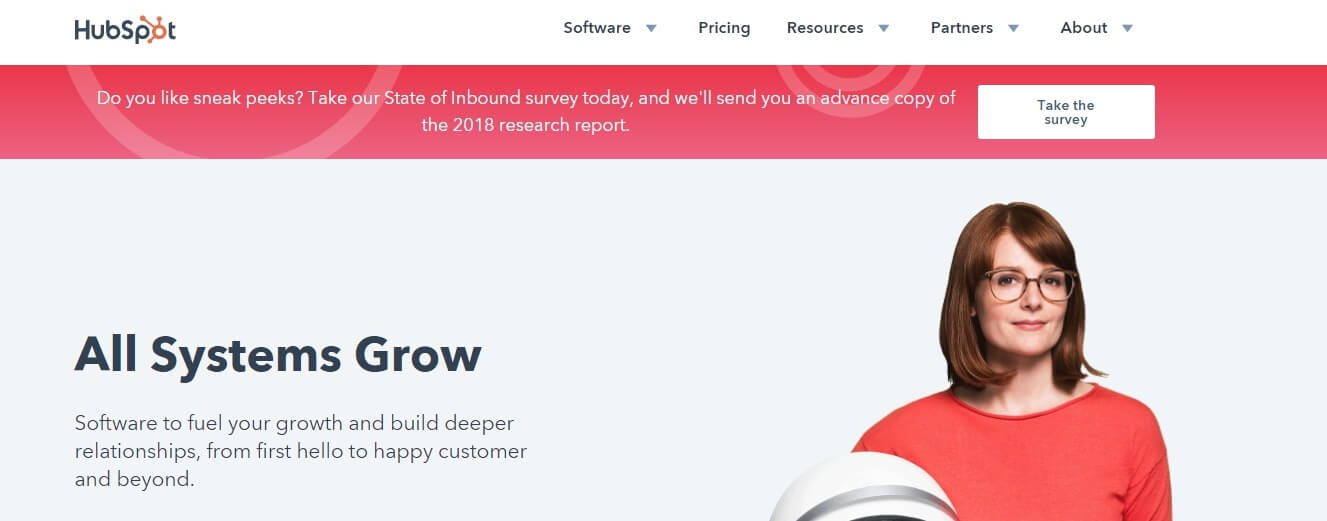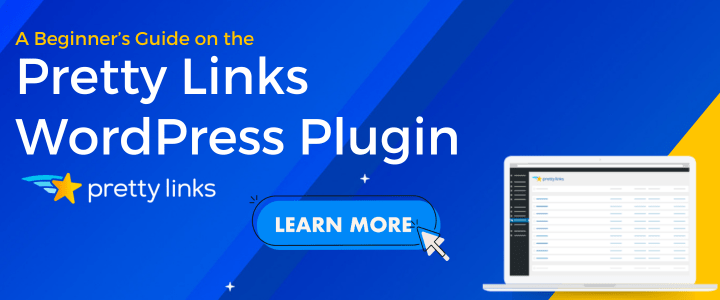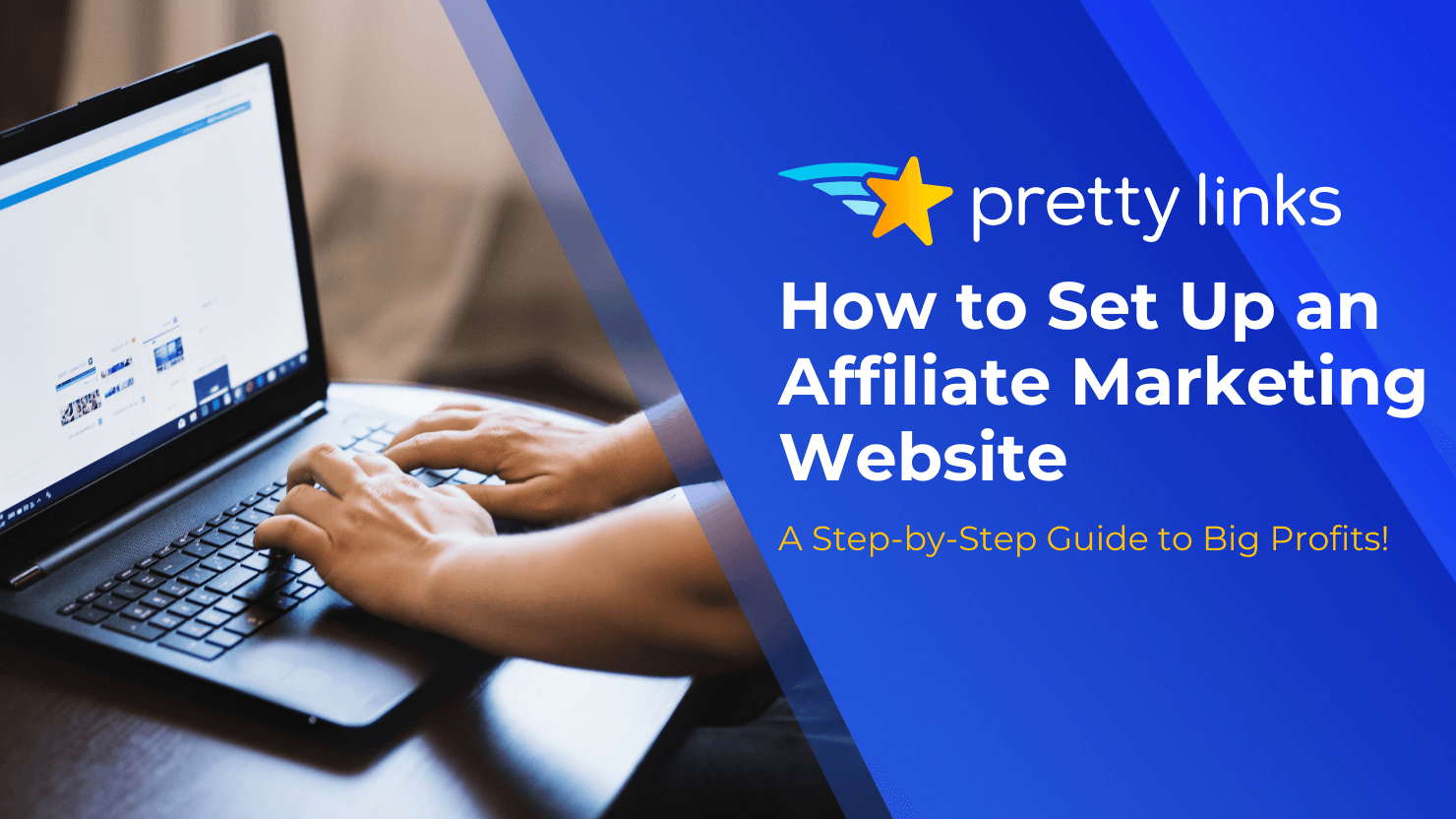Contents
When writing blog posts, one of your main goals is often to attract leads. However, you may find that things aren’t working as well as you had expected. This may be because you’re missing out on key opportunities to optimize each post. In turn, this can limit your reach and have a negative impact on your business.
By optimizing your blog posts, you can attract your target audience while also effectively expanding your reach. This will help your website gain traction more quickly within your industry, which can in turn increase your credibility and profits.
In this article, we’ll discuss the importance of blog post optimization. We’ll then share three tips you can use to ensure that your posts are as effective as possible. Let’s get started!
Why It’s Important to Optimize Your Blog Posts

Optimizing your blog posts means using various techniques to make the most effective use out of each post, often in the hopes of achieving a specific goal. For example, you may want to focus on attracting new leads. An unoptimized blog post, on the other hand, may still have a purpose. However, it lacks the features it needs to be successful.
When done right, optimizing your blog posts can have numerous positive effects on your website. For example, it can:
- Increase your rankings on Search Engine Results Pages (SERPs).
- Attract more qualified leads to your website.
- Improve the quality of your content.
Now that you understand the benefits of blog post optimization, let’s take a closer look at how it can be done.
3 Key Tips for Optimizing Your Blog Posts Effectively
When you optimize your blog posts, it’s important that you have a plan and use the most effective techniques. Here are three tips for how you can do that.
1. Perform Keyword Research

Keyword research helps you determine how often certain keywords are used in search engines. This gives you an idea of which terms are popular, and provides you with related keyword ideas to incorporate into your posts. In turn, this enables you to reach a larger audience, since your posts will be presented in relevant searches more often.
While keyword research can seem like an overwhelming task, it doesn’t have to be. These two strategies can help you get started:
- Understand your target audience. Who are you targeting, and what are they looking for? Knowing the answers to these questions will make researching much easier.
- Use a free tool such as SearchVolume. SearchVolume tells you the number of average monthly searches for each of your keywords. You can then incorporate the keywords with higher averages into your content.
If you have an active Google account, you can also give Google AdWords Keyword Planner a try. This tool not only tells you the average search volume, but also how competitive each keyword is and recommended alternatives.
2. Create Specific and Compelling Headlines

The headline is usually the first thing your readers will see, so it’s important that it’s specific and compelling. This lets your audience know exactly what the post is about, which makes them more likely to read it.
What makes a good headline can be a little subjective. However, there are a few techniques you can use when crafting your headlines. These include:
- Use specific numbers and data. This will catch your readers’ attention, and make them more likely to pay attention.
- Incorporate keywords. This will help your posts rank well on SERPs, as we’ve already discussed, but it will also draw in target readers from other traffic sources (such as social media and external blogs).
It helps if you think of your headlines as elevator pitches. You want to say something that will immediately grab the attention of your desired audience, while also correctly representing the content.
3. Incorporate Links to Authority Websites

When writing blog posts, you’ve probably used high-quality websites to source your content. However, just getting your information from a well-respected website is not enough.
By linking directly to authority websites, you ‘borrow’ their credibility to bolster your own. This can also have positive effects on your search rankings. To incorporate authority links effectively, we recommend that you:
- Track down the experts in your industry. Look for websites that are frequently linked to from other industry bloggers, and rank highly on SERPs.
- Shorten your links. Using a tool such as PrettyLinks, you can shorten your links to make them more aesthetically pleasing. This also enables you to associate your brand with the authority websites (by using your own branded links), which builds trust with your readers.
It also doesn’t hurt to contact the writer you’ve linked to in your blog post. They may feel compelled to share it with their followers, which can help you to build your audience and industry connections.
Conclusion
When you fail to optimize your blog posts, you can miss out on numerous lead-generating opportunities. This can be disastrous for your website and business, leading to a loss in readership and profits. Fortunately, blog optimization isn’t difficult, and the benefits far outweigh the effort involved.
In this post, we’ve introduced the importance of blog post optimization. We’ve also outlined three tips you can use to do it well. To quickly recap, they are:
- Perform keyword research.
- Create specific and compelling headlines.
- Incorporate links to authority websites.
Do you have any questions about blog post optimization, or how PrettyLinks can help? Let us know in the comments section below!









Leave a Reply